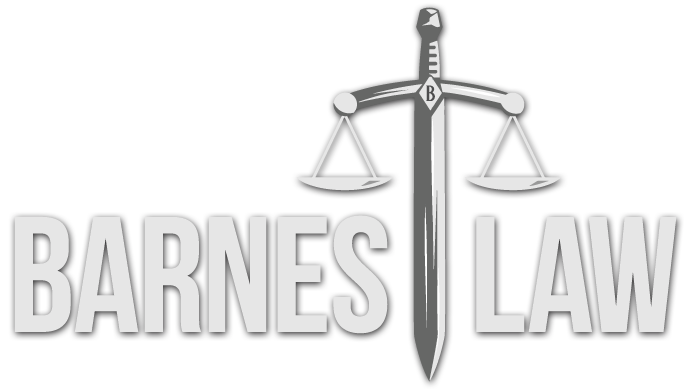Three Basic Rules of Asset Protection and Planning: Because Everyone Doesn't Deserve a Piece of Your Hard Work.
Ask most professional football coaches and they will tell you, the best offense is a good defense. The same is true for planning and protecting what you and your family have worked hard for. No matter how savvy of a business owner you are, or how skilled you are as an investor, or if you have an unbreakable poker face, it does no good if you leave your assets as low hanging fruit ready for any passer armed with a lawyer to grab. America is one of the most litigious countries in the world. As of 2015 according to the American Bar Association there were 1,300,705 active lawyers in America[1] (or approximately one lawyer for every 248 U.S. citizens.)[2] The more assets people think you have, the more tempting a target you are for frivolous lawsuits.
Effective asset planning and protection is complex, intricate and requires the aid of a lawyer proficient in the estate planning, business organization and transactions, real estate, and tax disciplines of law. However, there are a few basic rules everyone should abide by:
- Have A Plan In Place Before You Need It
There are many ways to adequately protect both your business and personal assets before a claim or liability arises, but most attempts to hide assets after a lawsuit or claim has been filed fall victim to “fraudulent transfer” laws[3] and can be set aside by the court. And by the time a process server with a summons or a sheriff with a writ of execution shows up at the door, it’s too late.
- Late Planning Compounds The Problem
Attempting asset protection planning after a claim arises often makes matters worse. A judge not only has the power to unwind a fraudulent transfer, but, both the debtor and whoever assisted in the fraudulent transfer can become liable for the creditor’s attorney fees, and the debtor can lose the hope of getting a discharge in bankruptcy.
- Too Much Control Is No Protection At All
Asset protection planning often requires giving up a degree of personal control over the assets. Obviously people want to maintain sufficient control over the assets to provide a viable income stream or inheritance. However, if you are able to exercise too much control a creditor can successfully argue that the debtor and the asset protection structure are effectively one-and-the-same and thus should be disregarded.
The best answer to the question “How do I protect what is mine?” is to hire a good asset protection and planning attorney. One who will: 1) establish a legal barrier between the client and their assets, 2) insulate family wealth by minimizing the economic incentive to sue, and 3) integrate new and existing asset protection structures while avoiding subjecting the client to new and unnecessary taxes.
— By Douglas M. Hanchar, Esq., Barnes Law
Douglas M. Hanchar is an associate attorney with Barnes Law, licensed to practice law in California.
The opinions expressed are those of the author and do not necessarily reflect the views of the firm, its clients, or any of its or their respective affiliates. This article is for general information purposes and is not intended to be and should not be taken as legal advice.
[1] http://www.americanbar.org/content/dam/aba/administrative/market_research/total-national-lawyer-population-1878-2015.authcheckdam.pdf
[2] Based on the U.S. Census Bureau projections for December 31, 2015 (http://www.census.gov/popclock/)
[3] 28 U.S.C. § 3304
